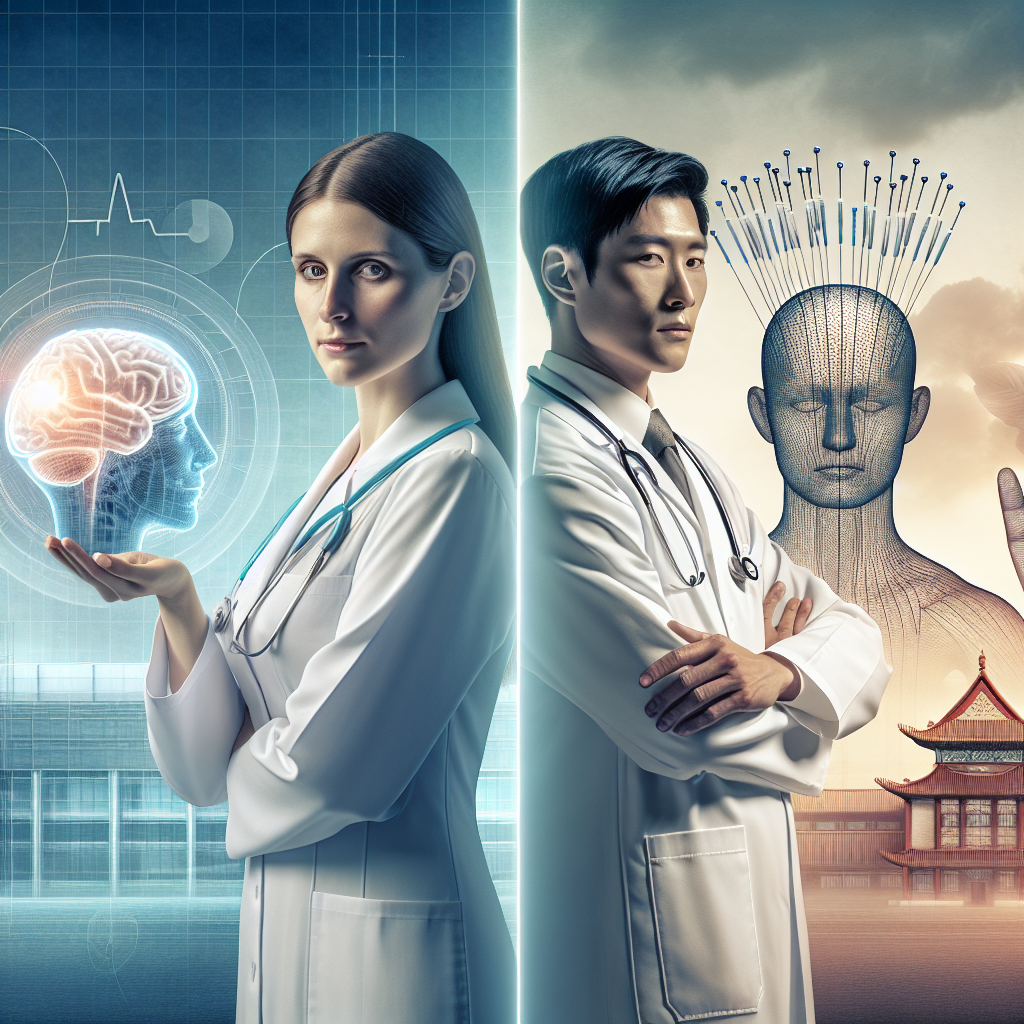Holistic Healing: Integrating Western Medical and Eastern Traditional Approaches to Treating Headaches
Headaches are one of the most common ailments affecting people globally. According to the World Health Organization (WHO), nearly half to three-quarters of adults aged 18–65 years worldwide have had a headache in the last year. Given this prevalence, it is vital to explore various treatment options to alleviate this pervasive issue. This article delves into the integration of Western medical approaches and Eastern traditional methods for treating headaches, highlighting their strengths and opportunities for holistic healing.
Understanding Headaches
Before delving into treatment comparisons, it is important to comprehend the types of headaches. The International Headache Society categorizes headaches into primary (like migraines, tension-type, and cluster headaches) and secondary headaches (caused by underlying conditions such as sinus infections, neck injuries, or brain tumors).
Western Medical Approaches
Western medicine typically focuses on diagnosing the specific type and cause of the headache, followed by pharmacological or procedural interventions.
Pharmaceuticals
1. Over-the-Counter (OTC) Medications: Common OTC medications include aspirin, ibuprofen, and acetaminophen, which are generally used for mild to moderate headaches. These medications work by blocking the production of prostaglandins, which are chemicals in the body that promote inflammation, pain, and fever.
2. Prescription Medications: For more severe headaches, especially migraines, doctors may prescribe triptans (like sumatriptan), ergotamines, or even opioids in extreme cases. Triptans specifically target serotonin receptors, which can reduce the vascular inflammation associated with migraines.
Non-Pharmacological Interventions
1. Botox Injections: Approved by the FDA for chronic migraines, Botox can be injected into specific areas around the head and neck to block the release of chemicals involved in pain transmission.
2. Transcranial Magnetic Stimulation (TMS): TMS is a non-invasive procedure that uses magnetic fields to stimulate nerve cells in the brain to relieve migraine symptoms.
3. Lifestyle Modifications: Physicians often recommend dietary changes, regular physical exercise, and hydration. Avoiding trigger foods (like caffeine, alcohol, and certain cheeses) can also help in managing headaches.
Eastern Traditional Approaches
Eastern medicine, particularly Traditional Chinese Medicine (TCM) and Ayurveda, offers a different perspective by focusing on the balance of body energies and holistic well-being.
Acupuncture
One of the most well-known Eastern treatments, acupuncture involves inserting thin needles into specific points on the body to balance the flow of Qi (or life energy). Various studies, including those published in The Journal of the American Medical Association (JAMA), have shown that acupuncture can significantly reduce the frequency and severity of headaches.
Herbal Remedies
1. Chinese Herbal Medicine: TCM practitioners often prescribe a combination of herbs tailored to the individual’s specific imbalance. Herbs like chrysanthemum and gastrodia have been used traditionally to treat headaches.
2. Ayurvedic Herbs: In Ayurveda, herbs like Brahmi, Ashwagandha, and Jatamansi are commonly used for their calming and anti-inflammatory properties.
Yoga and Meditation
Yoga and meditation are integral to both Ayurvedic and general Eastern practices. They help in reducing stress, which is a common trigger for headaches. Poses like the child’s pose, cat-cow stretch, and savasana, along with deep-breathing exercises, can be particularly beneficial.
Dietary Recommendations
Eastern approaches often include dietary guidelines to balance body energies. For example, Ayurveda recommends consuming cooling foods like cucumbers and avoiding spicy or fermented foods to prevent headaches.
Points of Intersection and Integration
Holistic Diagnosis: Western medicine excels in diagnosing specific headache types through advanced imaging and blood tests. Eastern medicine, on the other hand, provides a holistic diagnosis that considers emotional, psychological, and spiritual factors. Integrating both could offer a comprehensive understanding of the patient’s condition.
Symptomatic Relief and Root Cause: Western medications are effective for immediate symptomatic relief. Eastern approaches focus on treating the root cause by restoring balance within the body. Combining both can offer immediate relief while also addressing long-term imbalance issues.
Non-Invasive Techniques: Techniques like acupuncture and yoga are non-invasive and have fewer side effects compared to long-term medication use. These can be integrated into a treatment plan to minimize dependence on pharmaceuticals.
Customized Treatment Plans: Both approaches advocate for personalized treatment plans. However, the criteria differ. Western medicine relies on specific diagnostic tests, while Eastern medicine customizes based on individual energy imbalances. A combined approach can offer a more tailored treatment plan.
Challenges in Integration
Despite the benefits, integrating these two approaches is not without challenges:
1. Regulatory and Standardization Issues: The lack of standardized protocols in Eastern medicine can make it difficult to integrate seamlessly with Western practices.
2. Cultural Differences: The philosophical and methodological differences between the two systems can sometimes lead to misunderstandings or resistance from practitioners on both sides.
3. Evidence-Based Validation: While there is growing evidence supporting Eastern practices, more rigorous, large-scale studies are needed for wider acceptance in the Western medical community.
Conclusion
Integrating Western medical and Eastern traditional approaches offers a promising avenue for holistic headache treatment. While Western medicine provides effective immediate relief and precise diagnostic capabilities, Eastern practices address long-term well-being and root imbalances. To achieve optimal patient outcomes, it is essential to foster collaboration between practitioners from both sides, encouraging a more comprehensive and personalized approach to healthcare.
As the healthcare landscape continues to evolve, the synergistic potential of combining these diverse medical philosophies could pave the way for more effective and sustainable headache treatments, ultimately benefiting patients worldwide.

